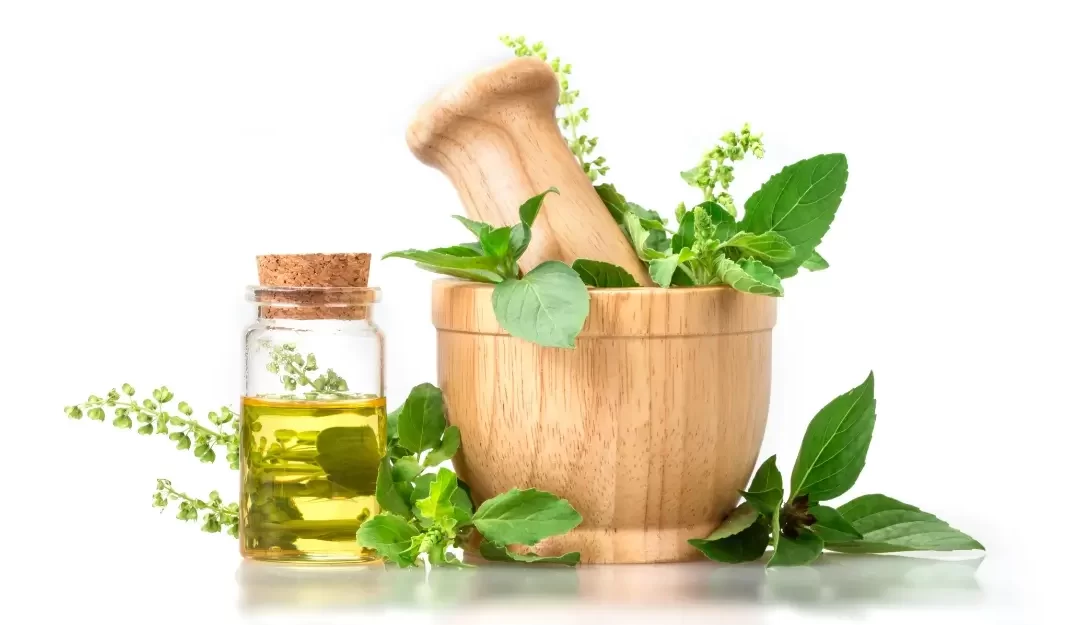Ayurveda inspires modern drug development:
Disease and humanity have both been evolving at the same time since the beginning of time, and the medical system has evolved in tandem. Traditional and folklore medicine systems are a powerful search engine for modern medicine or for inspiration for several semi-synthetic or prototypes of modern medicine. The evolution of drug development is a long journey of combating disease on trial-and-error basics, which are embedded in the saga of Ayurveda.
Why is herbal medicine widely accepted?
At present, people are widely accepting and enchanting herbal medicine, especially for the duration of the COVID-19 pandemic. It is easily and cheaply available in remote areas and is widely used by traditional practitioners for making their herbal formulations. Moreover, it is considered free from side effects as compared to allopathic medicine. Modern herbal medicine getting a hallmark status to cure the disease is compared to crude herbal drug therapy. Although crude, herbal drugs are comprehensively used by most people in the world.
Modern approaches in herbal medicine development:
The ayurvedic formulation consists of one or more than one active compound, which needs to be developed through bioactive compound validation with the help of several synchronized instrumental applications and clinical investigation to develop a full-fledged bioactive compound from a crude drug and in which this compound can more effectively target the point of disease origin. Ayurvedic medication systems function as big data mining of bioactive components that require scientific validation and clinical trials to obtain potential medicine against a specific disease. At present, several herbal bioactive medicines have marvellous achievements in healing efficacy for a particular disease which have been developed through this process. For example, Digoxin is a cardiac glycoside bioactive compound used in the treatment of cardiac insufficiency, arrhythmias, and heart failure, which is derived from the plant Digitalis purpurea, Taxol one of the potent anti-cancer drugs used in the treatment of ovarian, lung, and breast cancer and Kaposi’s sarcoma derived from the bark of Taxus brevifolia or leaves of the Himalayan yew Taxus baccata, or famous malaria drug known as Quinine. It is a component of the cinchona bark of the Quina-Quina tree. These are some examples of how a single active compound or ingredient can combat disease more effectively than a crude drug. In another way, ayurvedic formulation drugs also have effective therapeutic potential against disease where one or more active ingredients work in synergy or antagonism against disease. Hence, the modern scientific approach is not only guided by a single bioactive component; indeed, it is focused on all the possibilities of getting a high-efficacy herbal medicine by eliminating the disease or cause of disease.
The process of drug development in Ayurvedic medicine
Ayurvedic formulations and bio-active components of plants have a tremendous scope for new drug development through scientific investigation, quality control, standardization of formulations, Good Agriculture Practices, Good Manufacturing Practices, and monograph development. However, screening or activity testing of crude drugs is not enough until the discovery of new chemical entities from the plant’s origin. Therefore, high-thoughtful screening of bio-active compounds is needed. The process of drug development of Ayurvedic formulations, the first step, needs to select the plant material from the saga of Ayurvedic drug formulations. This plant part is subjected to extracts of the bio-active component or ingredients, which must be a standard procedure. However, during this process, isolation and characterization of the bioactive compounds can be carried out with sophisticated instruments as per the requirements of the chemical nature of bioactive compounds. These sophisticated instruments may be used for herbal drug development or to enhance the efficacy of an ayurvedic formulation. These are the cutting-edge instruments that can be used for herbal drug development, such as ICP-MS, HPLC-MS, UPLC with UV and diode array detectors, GC mass spectrometer (GC-MS), UV-VIS spectrophotometer, FTIR spectrophotometer, Liquid chromatography-mass spectrometer (LC-MS-MS), Thin-layer chromatography (TLC) equipment, etc. These cutting-edge instruments make it possible to shine a light on that bio-active compound and its synergy or antagonistic effects with other compounds, which was not previously possible.
In silico drug design is getting extra attention to accelerate the process of new herbal drug development. At present, we have large data mining of plant-based drugs, which can be used to understand or predict the nature of bio-active compounds in advance or even enhance the efficacy of the herbal drug. These are all advancements in the research and development of modern herbal drugs. The requirement of the herbal drug is the first characterization of a bio-active compound, and quantification, or bio availability, is the first source of information to take an inspiring journey of new drug discovery.
What can we do to create a unique journey for your products or R&D?
At present, our elite scientific team can help to shape your investigation. Our ultra-modern Cultivator Phyto Lab facilities provide quantification and characterization of bio-active components, and we also provide testing services for heavy metals, purity of the herbal drugs, and bio-burden or microorganism contamination for your herbal drug development from raw material to the finished product, which can ensure quality control as per compliance with national and international regulatory bodies.
Author: Sawai Singh Sisodia, Kumar Nitesh and Dr. Sanjoy Gupta

